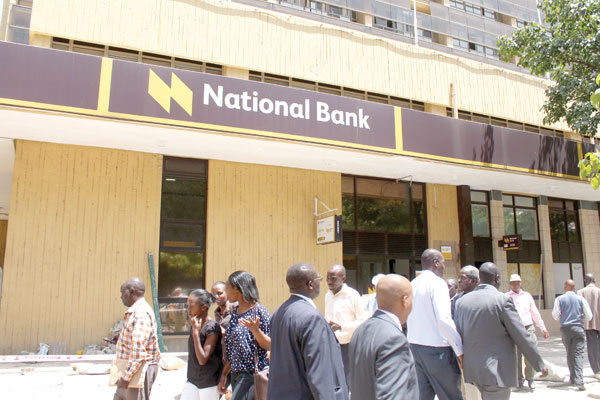How did National Bank of Kenya (NBK) make a loss of Sh. 1.2 billion within three months? In the nine-month period to September 2015 results, NBK had reported a profit of Sh2.5 billion. What changed within the next three months to December 2015 to result in the loss has cast doubt on the integrity of the bank’s books.
Although in September last year NBK made a profit, a look at NBK’s books also reveal an unpredictable performance, one of highs and lows that have seen some analysts link the lender to creative accounting. These are practices that follow required laws and regulations, but deviate from what those standards intend to accomplish. Firms capitalise on loopholes in the accounting standards to falsely portray a better image of the company.
Analysts say the bank’s poor income performance combined with a rise in cost burden led to income ratio (CTI) to rise to 78.2 per cent up from 70.2 per cent. “At such levels, National Bank is the most inefficient lender among the listed banks given 2015 average industry CTI of 47.4 per cent,” said Standard Investment Bank (SIB) in its note to clients.
This means that NBK spends Sh78.2 to generate Sh100, which means their margin is Sh21.8. This is low compared to industry average margin of Sh52.6.
In 2010, the bank posted a profit after tax of Sh2.02 billion. The profits dipped to Sh1.5 billion in 2011 followed by a further 51 per cent drop to Sh729 million in 2012. And in 2013, the bank posted Sh1.1 billion profit. A bigger drop was felt in 2014 when the profit was Sh870 million before slipping into losses. None expected 2015 to be bad for the bank. It is the year that saw the bank’s profits surge from one quarter to another, and loss seemed far from sight. In March last year, the profit was Sh494 million and three months later, it had hit Sh1.73 billion. However, full year results took a difficult turn with Sh1.15 billion loss.
Key ratios that gauge the financial soundness of a banking institution have been quickly approaching the red zone. Since 2009, the liquidity ratio, which is used to measure a company’s ability to pay off its short-terms debt, has been narrowing. In 2010, when the bank posted the highest profit, the liquidity ratio was 41 per cent against the minimum statutory requirement of 20 per cent. Five years later, the margin of safety has narrowed. In the 12-month period ended December 2015, the bank’s liquidity ratio stood at 30.7 per cent. In September, it was 21.1 per cent, just 1.1 per cent shy from the Central Bank of Kenya minimum rate.
Related







